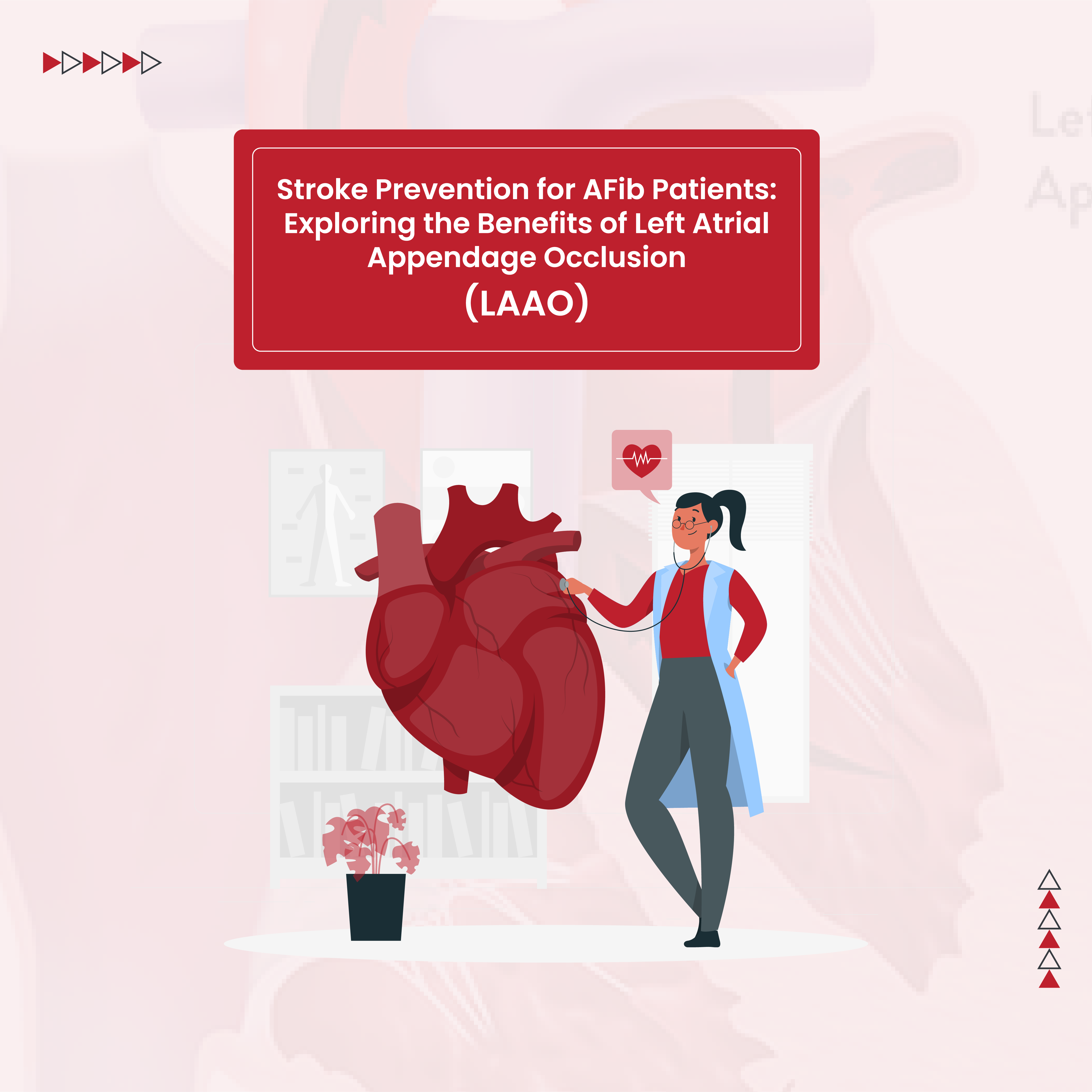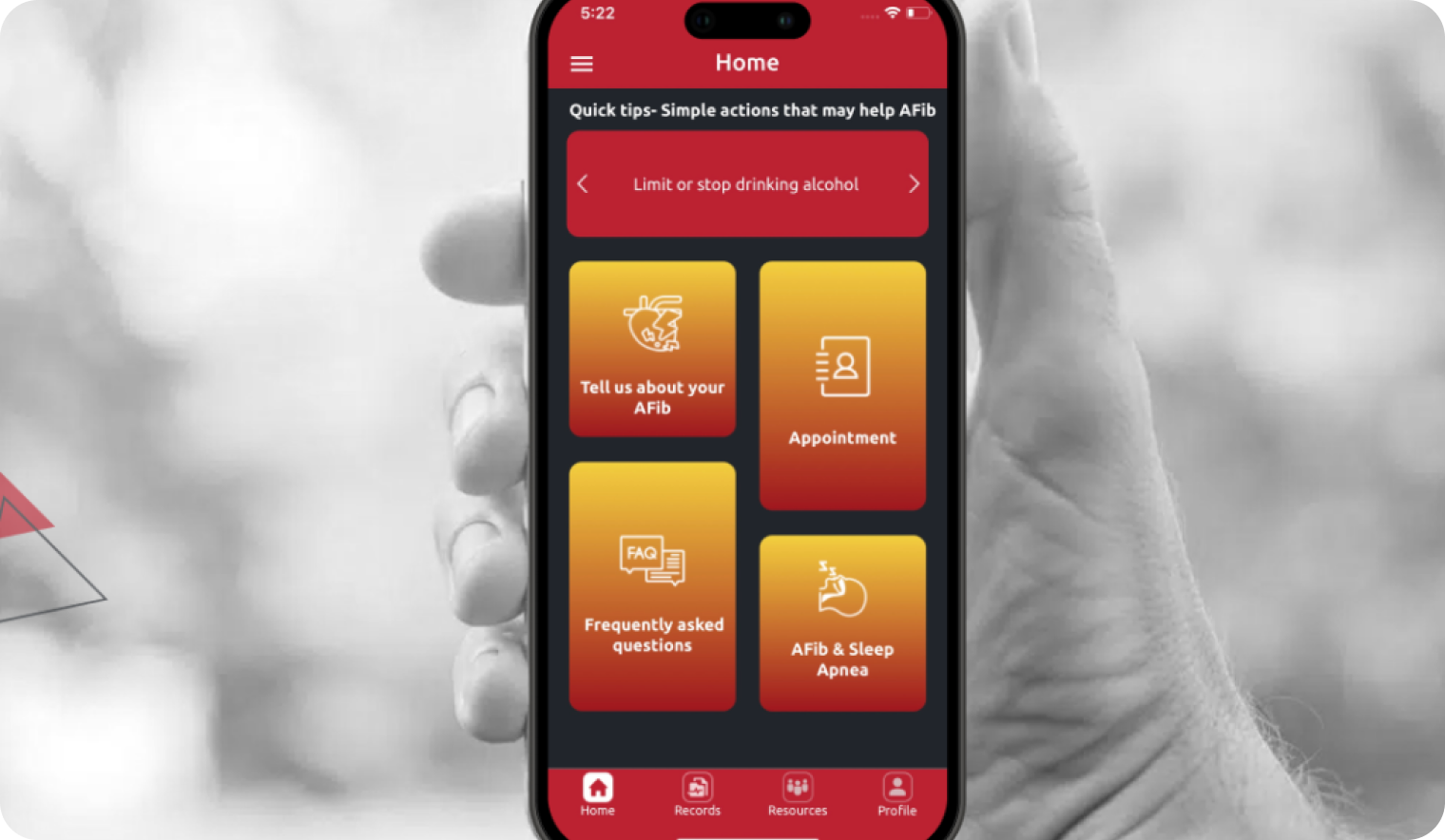Welcome to our fifth installment of The Scoop, where Dr. Laws conveys the experience for Fix AFib patients, including how the disease is addressed to allow sufferers to resume regular daily life.
The first step in therapy for Afib is to determine the patient’s values and goals for their health, assess the impact of Afib on their activities of daily living and lastly assess their risk for stroke. Lifestyle modifications and addressing other contributing factors like sleep apnea are the first treatment options followed by medications, procedures and surgeries.
Many times medications known as antiplatelets and anticoagulants are prescribed to prevent and treat clots which can lead to strokes. Additionally heart rate and heart rhythm drugs are utilized. Heart rate control drugs like beta blockers, calcium channel blockers and digoxin slow down the fast heart rate which can allow the patient to feel better. The next consideration is managing the hearts rhythm. Sodium channel blockers and potassium channel blockers are used to assist the heart to restore a regular consistent pattern of movement.
Next steps to restore the heart’s rhythm are procedures. Direct cardioversion is when the electrophysiologist resets the heart’s rhythm by shocking the patient. The mild electrical shock has the ability to recalibrate the rhythm. If the Afib is persistent and not responding to the other therapies the physician can facilitate ablative procedures. The ablation is used to block the abnormal electrical activity by stopping the initiation of the haphazard heart beat inside the heart with catheters. This is dong by freezing known as cryoablation or burning accomplished by radiofrequency or laser ablation. These procedures physically stop the undersibale electrical activity form initiating inside the heart.
Lastly, the physician may surgically ablate the outside of the heart in combination with inside ablation as described above.
Gain valuable information on some of the most frequently asked questions about AFib in our next blog post.








